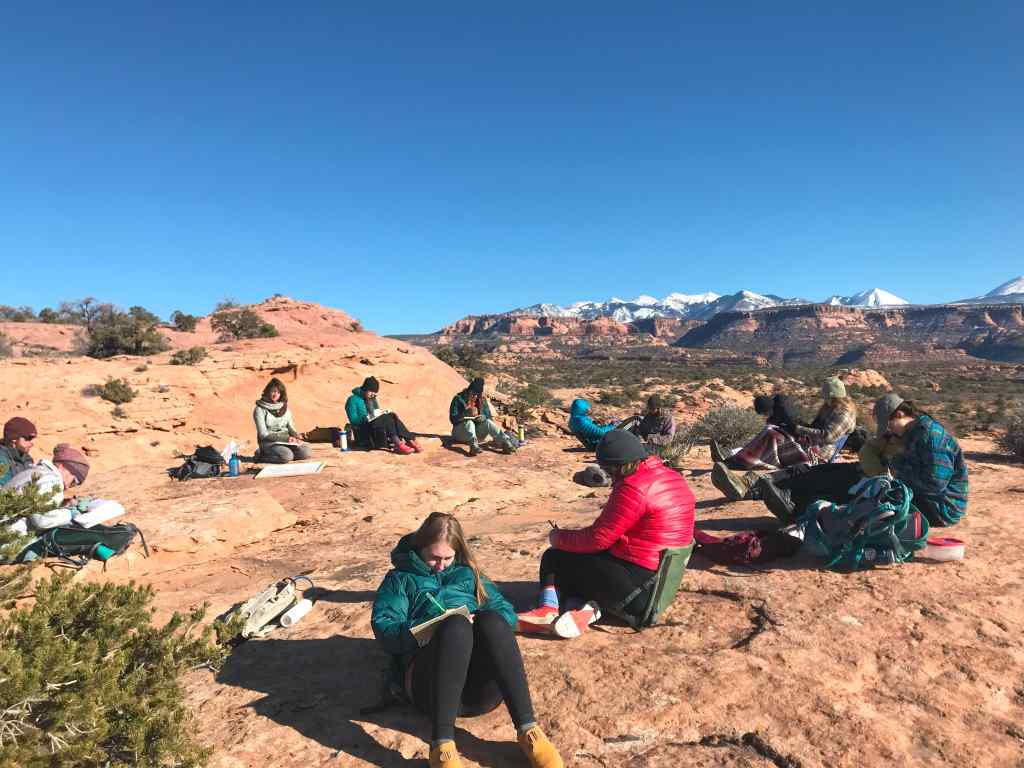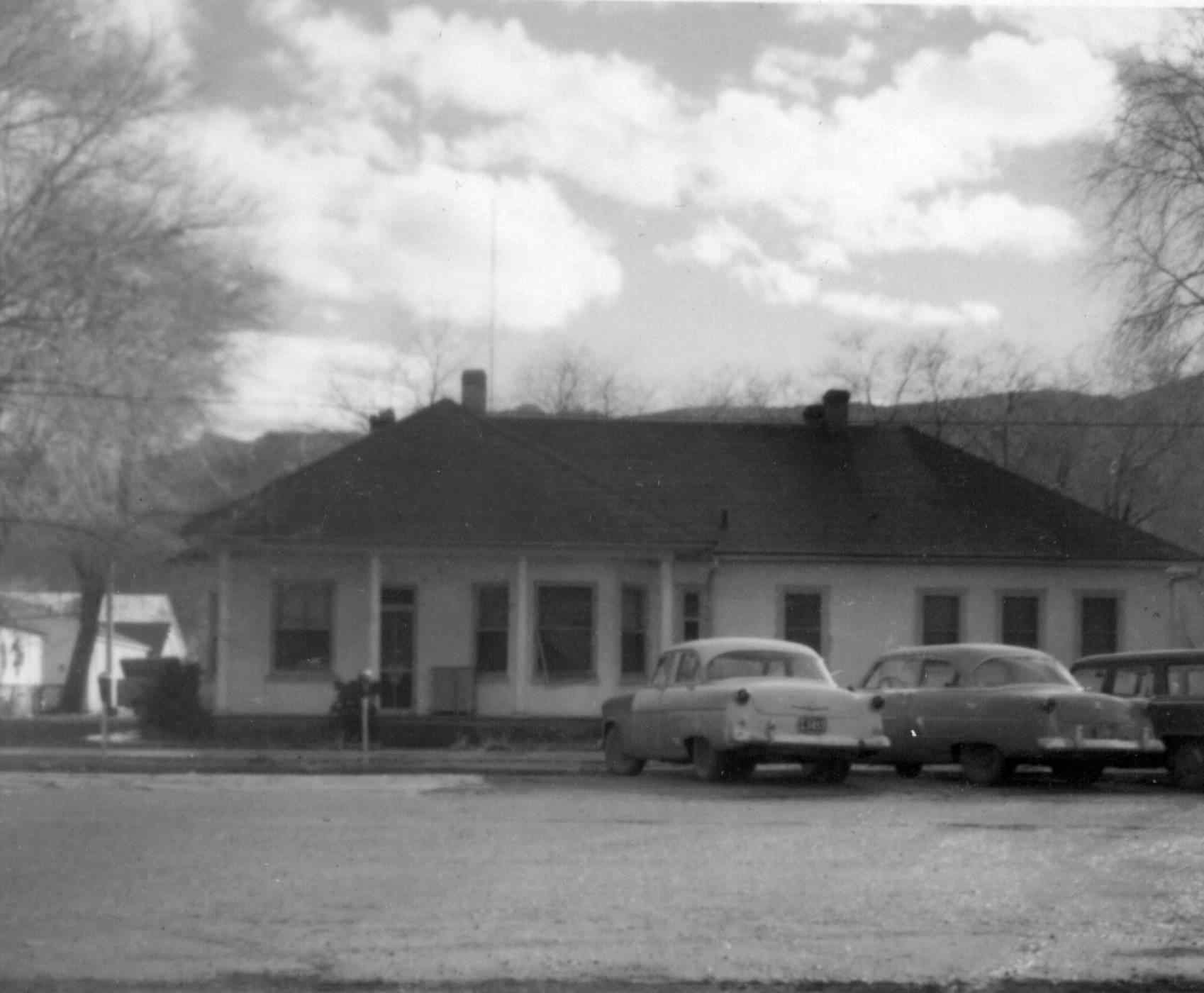Science Moab talks to Erin Baxter about the archaeology of death
From the perspective of an archaeologist, the physical body of an ancient person is a gift because a body is a time capsule of the past. They lived in that space and that time, and their bodies are manifestations of what was there. We talk with archaeologist Erin Baxter, teacher and Curator of Anthropology at Denver Museum of Nature and Science, about her work unraveling ancient Southwest culture and her fascination with the archaeology of death.

Science Moab: What is the relationship between archaeology and anthropology?
Baxter: It depends on where you study anthropology. If you study it in Europe, you actually major in archaeology. If you study it in the United States, you study anthropology with sub-disciplines. So if you can imagine a big umbrella that is anthropology, under that fits four different fields: linguistics, biological anthropology, cultural anthropology, and archaeology. Linguistics is the study of language, cultural anthropology is the study of living groups of people, biological anthropology is the study of the body and how it evolved, and archaeology is the things that people have left behind.
Science Moab: Your research includes the interpretation of artifacts and architecture and the development of social and political organization to reconstruct the deep history of Ancestral Puebloan society. I understand that one of your favorite topics is death, or rather, the archaeology of death.
Baxter: I don’t love death, but… a body is a time capsule of the past: [that person] lived in that time and their bony bodies are manifestations of what was there. So not only can you learn sex and height, we can learn general health, if they were injured or maybe had a disease—all of those are written in the bones. We can also now learn more things and this is where science is really fascinating. DNA studies give us hugely important information about migration patterns, occupations, and relationships of individuals across time and space.
I’m particularly interested in the practice of ancient burial practices, and… there’s a long history of archaeologists behaving not as we should with human remains. But what I’ve learned is that I work with biological anthropologists who study the body, and then I [also] work with Indigenous descendant communities, and their wishes and their own histories and oral histories about how ancient people lived. We’re still learning to be the best archaeologists we can be. We’re not great at it yet, but we are miles better than I think we were 100 years ago. So it’s a learning process every day and it’s relationship building.
Science Moab: So you’re trying to uncover clues and the mystery of how these ancient people lived. How do you go about doing that, scientifically? What are you looking for?
Baxter: My research question when I was in school was [about] how ancient people in the US Southwest lived. You go to…where many descendant communities live to this day… Hopi, Zuni, Acoma, and 23 living tribes in New Mexico and Arizona and others…and you see [Ancestral Puebloan sites like] Mesa Verde or Chaco Canyon or Wupatki and you sort of can’t imagine what it was like.
I wanted to get at the hierarchy of the ancient past… was there one, is it testable?… We can see hierarchy in the archaeological record. People who are better off are physically healthier, they’re taller since they have access to better foods, better proteins. They tend to live in bigger houses, and they tend to be buried with nicer things. Those are three really simple ways of [looking at the question].
There are other ways to approach these questions. If you look at a place like Chaco Canyon, which has 12 buildings called great houses of five stories, [with many hundreds of] rooms—one great house, Pueblo Bonito, was the biggest building in the United States until about the 1880s when a [larger] tenement was built in New York City. You would think that might be a place where lots of people lived, but we don’t see a lot of trash, or burials, or other stuff there. So people living in big houses that [don’t show those signs of occupation]…who are those people? The hypothesis was that those are people who are in charge of things who are important for a variety of reasons.
I think in our Western, white nation, when we see museum displays about Native American communities, there is stagnation without vibrancy and color. There has been the myth of stasis—a myth of a group of humans who haven’t changed much over time. But yet there are histories with hierarchies, kings and queens, witchcraft, death and violence and unpleasant things. Unpleasant things, unfortunately, are the ones that [tend to] show up in the archaeological record. But, with those unpleasant things, you imagine the really lovely things that might have come on the other side of that. You can see the vibrancy of history.
I thought, by studying the hierarchies and the power structures of ancient groups of people, you might actually [be able to] return a [piece] of what a Westerner would call ‘history,’ which we’ve whitewashed for a variety of reasons… to colonize, to subjugate. But you have to do that not as a white person, you have to do that as a collaborator. And so these studies become complicated.
I think I have arguments to be made for [a record of hierarchy in these ancient societies], but my arguments come from historical burial data found by people who dug this 100 years ago…white archaeologists, largely from the East Coast…and it’s not okay to talk about that [because] I am not of the position or internal to various groups of tribal representatives to be able to say that. So, it’s science, but it’s science with a level of 20th and 21st-century complexity that comes from our colonial past. In the post-colonial world, where do we [white archaeologists] fit in?
It’s going to take relationship building, and I think it’s going to be interesting to publish on this [question] one day when trust has been rebuilt. I think archaeologists in the 21st century are making great strides to do that because we’ve got a lot to make up for.



